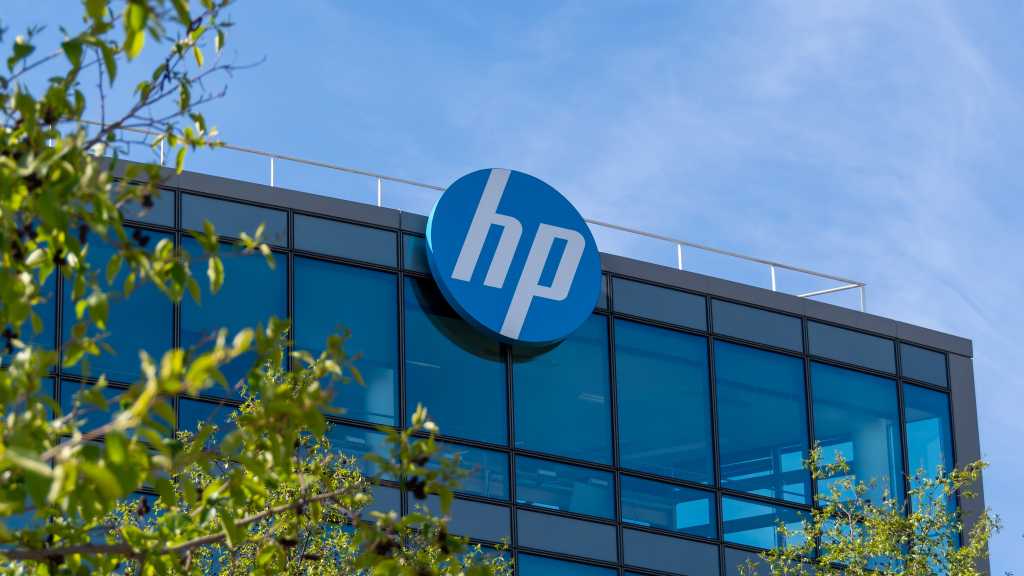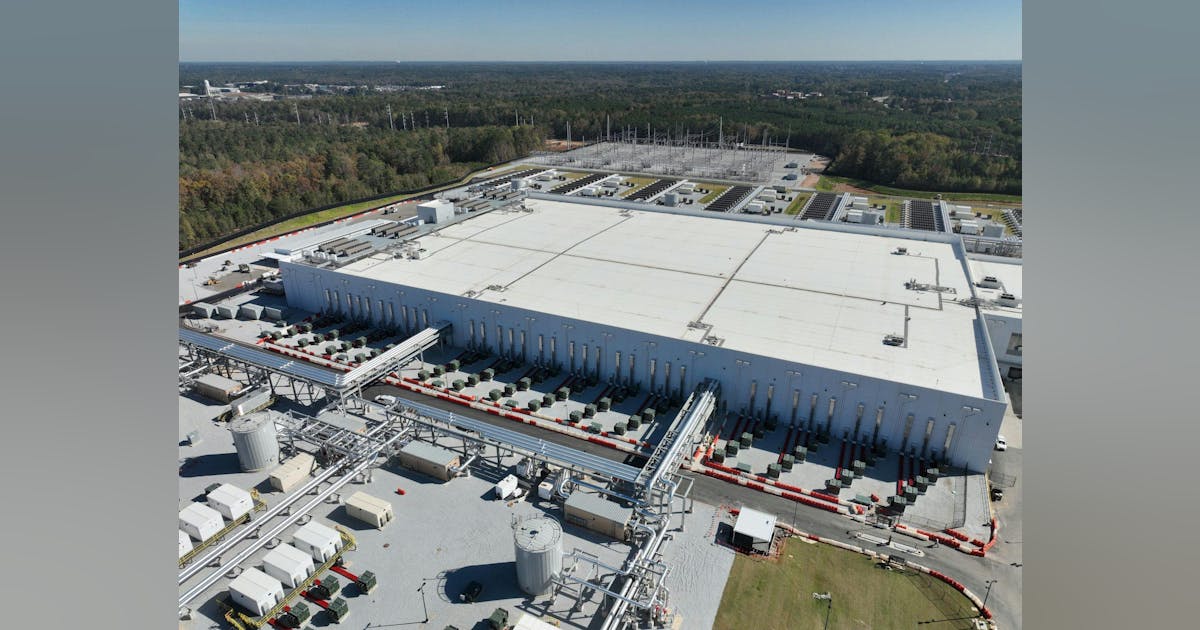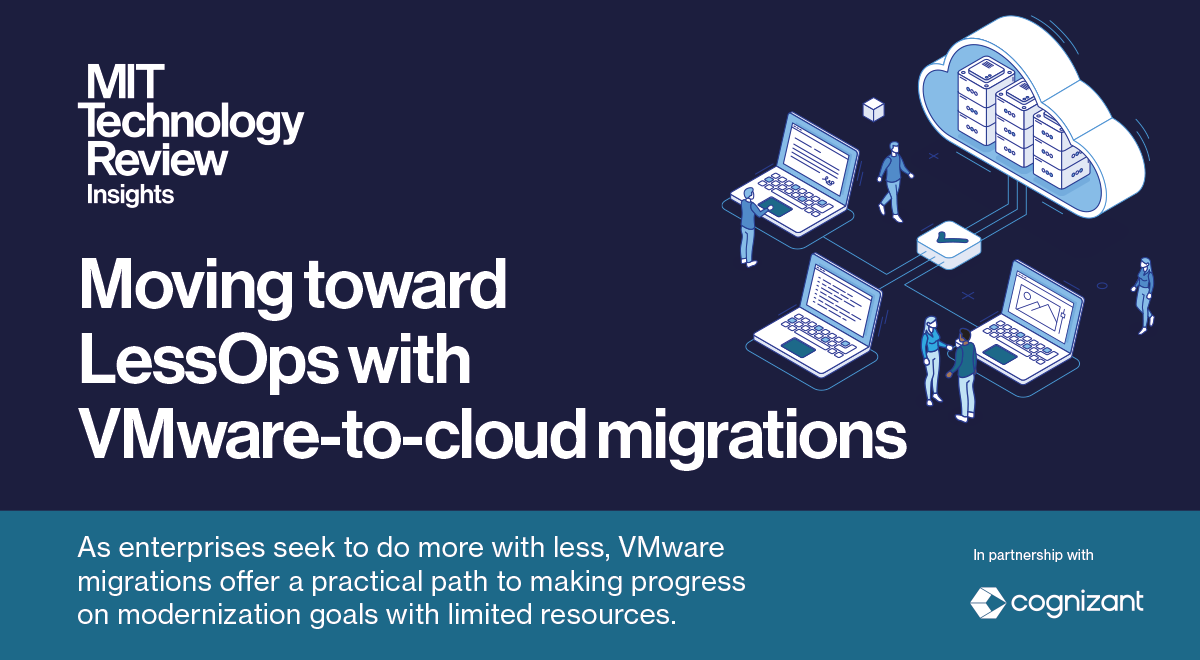This is today’s edition of The Download, our weekday newsletter that provides a daily dose of what’s going on in the world of technology.
What we still don’t know about weight-loss drugs
Weight-loss drugs have been back in the news this week. First, we heard that Eli Lilly, the company behind Mounjaro and Zepbound, became the first healthcare company in the world to achieve a trillion-dollar valuation.
But we also learned that, disappointingly, GLP-1 drugs don’t seem to help people with Alzheimer’s disease. And that people who stop taking the drugs when they become pregnant can experience potentially dangerous levels of weight gain. On top of that, some researchers worry that people are using the drugs postpartum to lose pregnancy weight without understanding potential risks.
All of this news should serve as a reminder that there’s a lot we still don’t know about these drugs. So let’s look at the enduring questions surrounding GLP-1 agonist drugs.
—Jessica Hamzelou
This article first appeared in The Checkup, MIT Technology Review’s weekly biotech newsletter. To receive it in your inbox every Thursday, and read articles like this first, sign up here.
If you’re interested in weight loss drugs and how they affect us, take a look at:
+ GLP-1 agonists like Wegovy, Ozempic, and Mounjaro might benefit heart and brain health—but research suggests they might also cause pregnancy complications and harm some users. Read the full story.
+ We’ve never understood how hunger works. That might be about to change. Read the full story.
+ Weight-loss injections have taken over the internet. But what does this mean for people IRL?
+ This vibrating weight-loss pill seems to work—in pigs. Read the full story.
What we know about how AI is affecting the economy
There’s a lot at stake when it comes to understanding how AI is changing the economy right now. Should we be pessimistic? Optimistic? Or is the situation too nuanced for that?
Hopefully, we can point you towards some answers. Mat Honan, our editor in chief, will hold a special subscriber-only Roundtables conversation with our editor at large David Rotman, and Richard Waters, Financial Times columnist, exploring what’s happening across different markets. Register here to join us at 1pm ET on Tuesday December 9.
The event is part of the Financial Times and MIT Technology Review “The State of AI” partnership, exploring the global impact of artificial intelligence. Over the past month, we’ve been running discussions between our journalists—sign up here to receive future editions every Monday.
The must-reads
I’ve combed the internet to find you today’s most fun/important/scary/fascinating stories about technology.
1 Tech billionaires are gearing up to fight AI regulation
By amassing multi-million dollar war chests ahead of the 2026 US midterm elections. (WSJ $)
+ Donald Trump’s “Manhattan Project” for AI is certainly ambitious. (The Information $)
2 The EU wants to hold social media platforms liable for financial scams
New rules will force tech firms to compensate banks if they fail to remove reported scams. (Politico)
3 China is worried about a humanoid robot bubble
Because more than 150 companies there are building very similar machines. (Bloomberg $)
+ It could learn some lessons from the current AI bubble. (CNN)+ Why the humanoid workforce is running late. (MIT Technology Review)
4 A Myanmar scam compound was blown up
But its residents will simply find new bases for their operations. (NYT $)
+ Experts suspect the destruction may have been for show. (Wired $)
+ Inside a romance scam compound—and how people get tricked into being there. (MIT Technology Review)
5 Navies across the world are investing in submarine drones
They cost a fraction of what it takes to run a traditional manned sub. (The Guardian)
+ How underwater drones could shape a potential Taiwan-China conflict. (MIT Technology Review)
6 What to expect from China’s seemingly unstoppable innovation drive
Its extremely permissive regulators play a big role. (Economist $)
+ Is China about to win the AI race? (MIT Technology Review)
7 The UK is waging a war on VPNs
Good luck trying to persuade people to stop using them. (The Verge)
8 We’re learning more about Jeff Bezos’ mysterious clock project
He’s backed the Clock of the Long Now for years—and construction is amping up. (FT $)
+ How aging clocks can help us understand why we age—and if we can reverse it. (MIT Technology Review)
9 Have we finally seen the first hints of dark matter?
These researchers seem to think so. (New Scientist $)
10 A helpful robot is helping archaeologists reconstruct Pompeii
Reassembling ancient frescos is fiddly and time-consuming, but less so if you’re a dextrous machine. (Reuters)
Quote of the day
“We do fail… a lot.”
—Defense company Anduril explains its move-fast-and-break-things ethos to the Wall Street Journal in response to reports its systems have been marred by issues in Ukraine.
One more thing

How to build a better AI benchmark
It’s not easy being one of Silicon Valley’s favorite benchmarks.
SWE-Bench (pronounced “swee bench”) launched in November 2024 as a way to evaluate an AI model’s coding skill. It has since quickly become one of the most popular tests in AI. A SWE-Bench score has become a mainstay of major model releases from OpenAI, Anthropic, and Google—and outside of foundation models, the fine-tuners at AI firms are in constant competition to see who can rise above the pack.
Despite all the fervor, this isn’t exactly a truthful assessment of which model is “better.” Entrants have begun to game the system—which is pushing many others to wonder whether there’s a better way to actually measure AI achievement. Read the full story.
—Russell Brandom
We can still have nice things
A place for comfort, fun and distraction to brighten up your day. (Got any ideas? Drop me a line or skeet ’em at me.)
+ Aww, these sharks appear to be playing with pool toys.
+ Strange things are happening over on Easter Island (even weirder than you can imagine) 🗿
+ Very cool—archaeologists have uncovered a Roman tomb that’s been sealed shut for 1,700 years.
+ This Japanese mass media collage is making my eyes swim, in a good way.






















